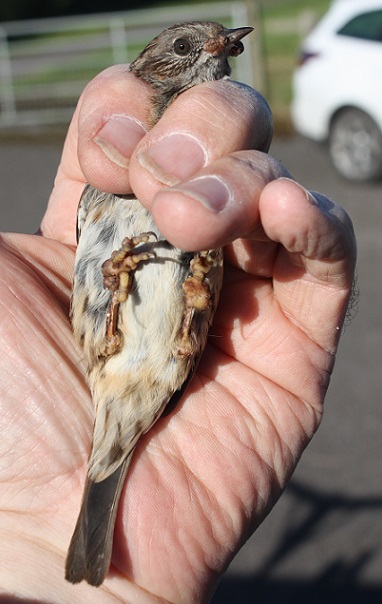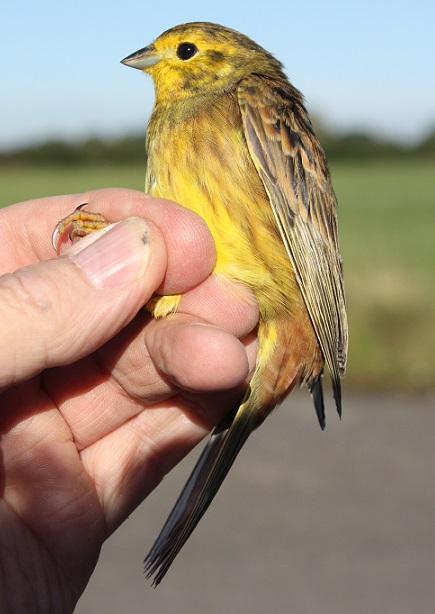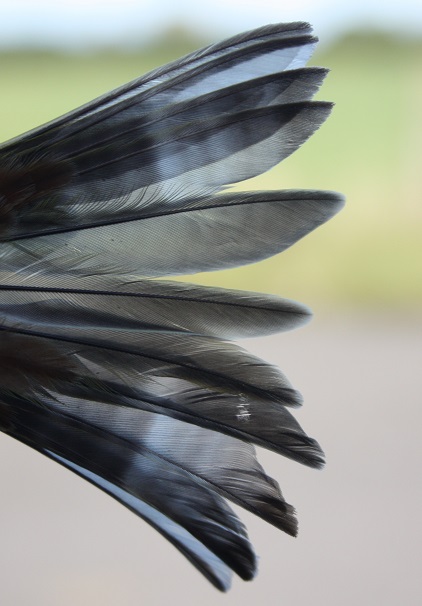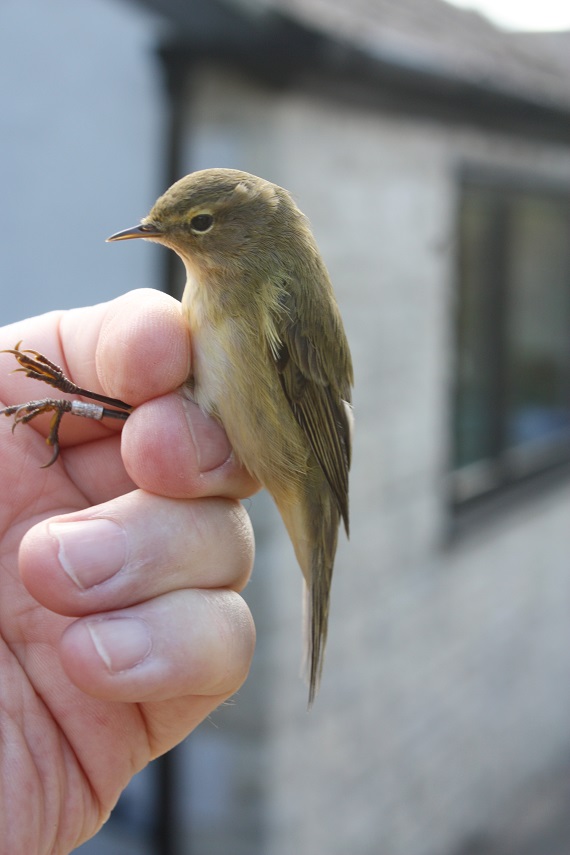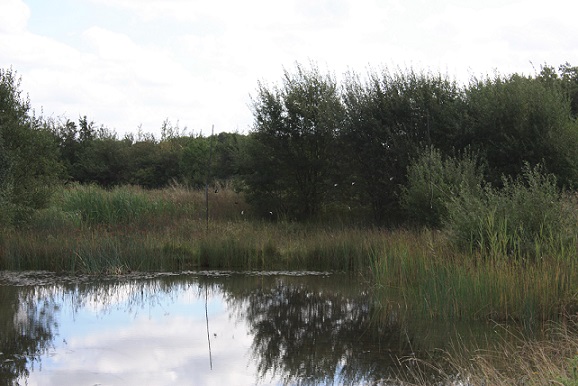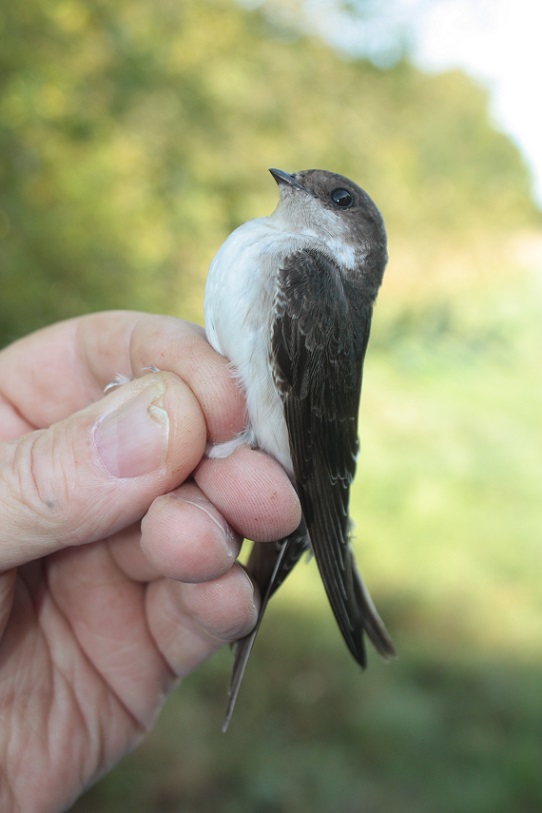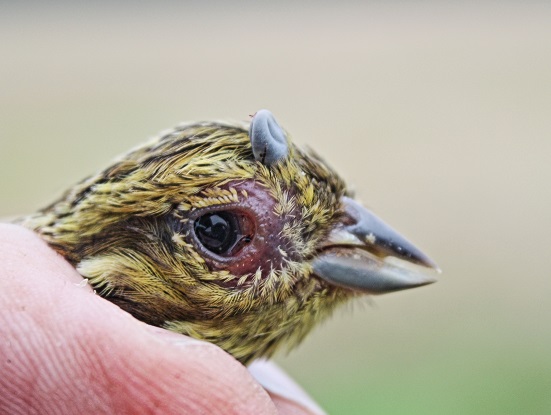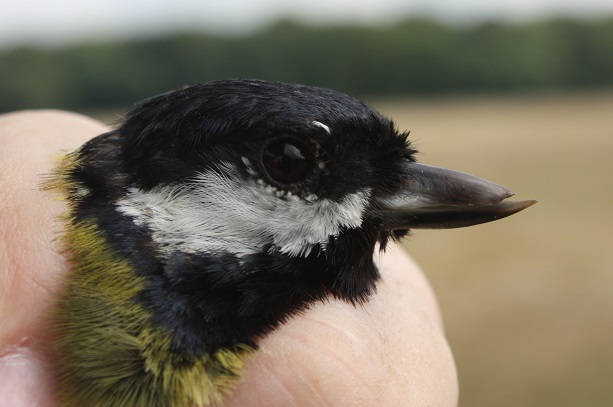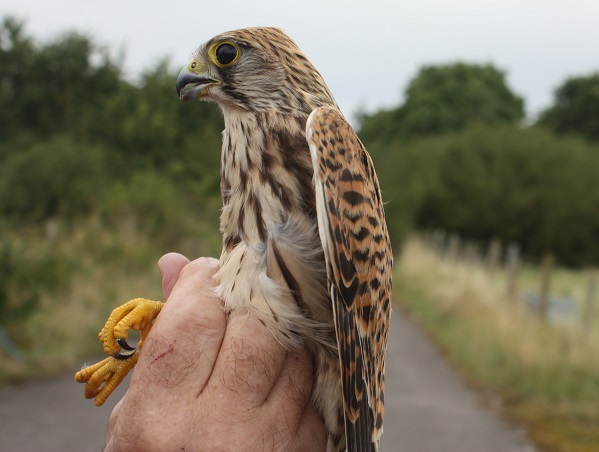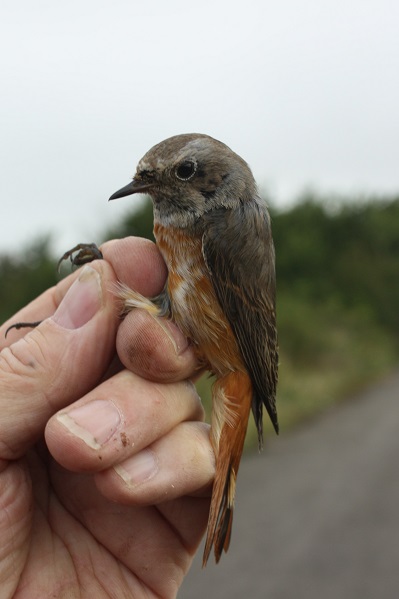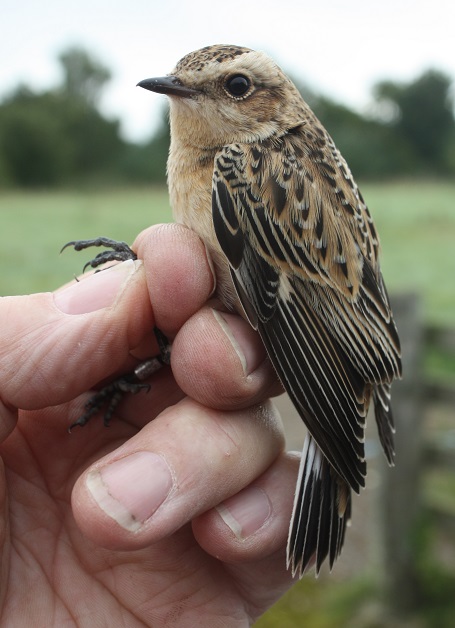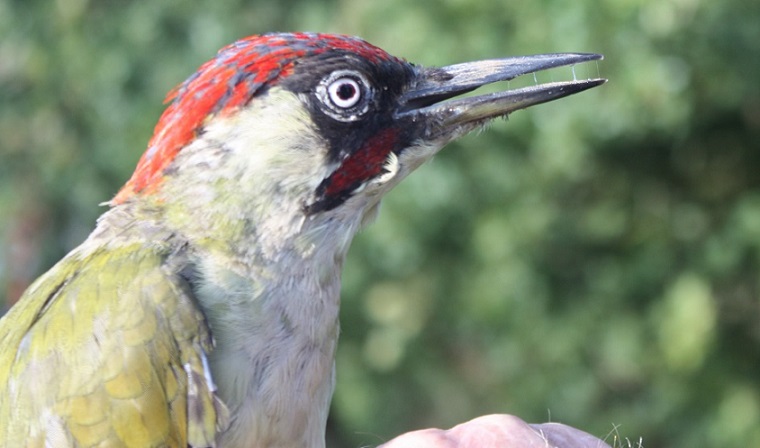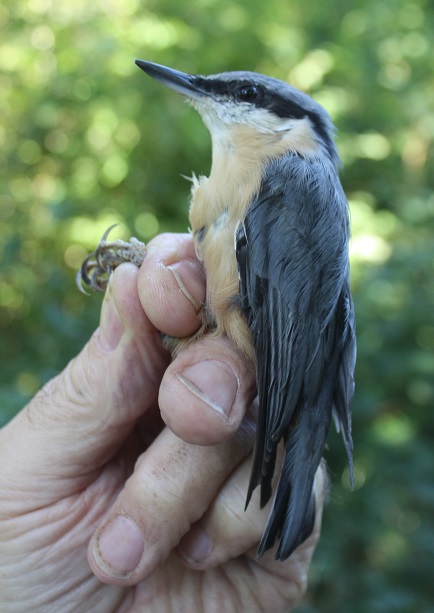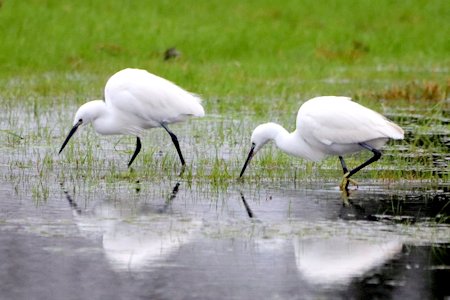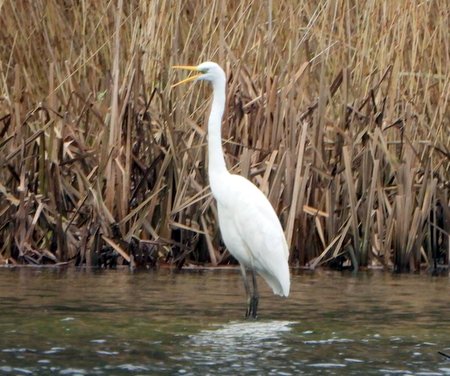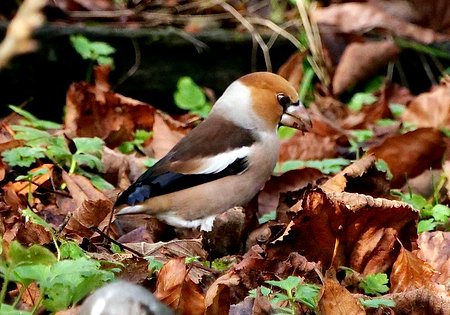Ravensroost Woods: Thursday, 13th October 2016
The original schedule was to carry out a session at Ravensroost on the Wednesday but, with an opportunity to get out with Paul Darby and the team (Michael and Alan) to check and clean out Barn Owl boxes instead, I opted to move the session to Thursday. The Barn Owl session made for an excellent day. We checked on nine boxes: five of them showed positive signs of having had owls breeding in them this year; four of those held roosting pairs of Barn Owls; two had been taken over by Jackdaws; one had a Hornet's nest inside and one showed no signs of being used. Having recently been given my schedule 1 access licence for Barn Owls and their pulli I wanted to make the acquaintance of the landowners and get their buy-in to my team ringing their birds next summer. We met two of them in our rounds, both of whom were extremely enthusiastic about "their" owls and happy for me to have access during the breeding season. A good start: I would not want to presume consent, so very happy about it. As we approached one of the boxes that proved to have held Jackdaws I saw a Little Owl scoot down from the branch above the box and disappear underneath it. It was a super sighting and I hope to get a chance to get closer to it next year.
So to Thursday. Jonny had the good fortune to see a Yellow-browed Warbler yesterday on Morgan's Hill. We know there have been good numbers along the east coast and, with easterly winds blowing over the last few days, several have ended up inland. Unfortunately, none of them have found their way to Ravensroost (yet - always optimistic). With the winds changing to a southerly source for the rest of the week, hopefully they will remain around for a while yet. As it was, we had the benefit of catching our first two Redwing of the year. These are the earliest that I have caught by six days: beating 19th October 2015 at Red Lodge.
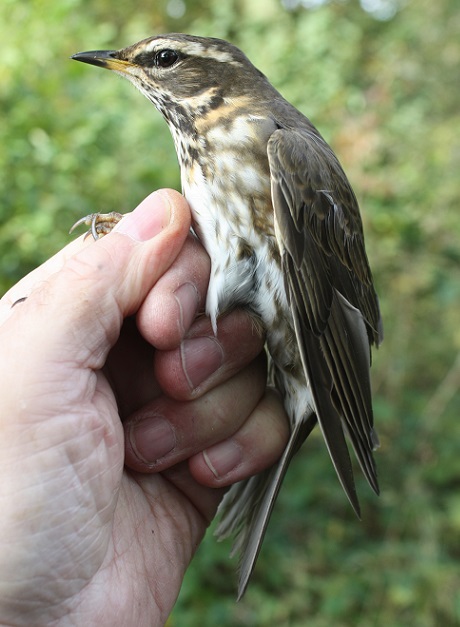
Alongside the Redwing we caught a juvenile Marsh Tit; our fifteenth of the year, getting close to our record of 16 in 2014, with two and a half months to go to the end of the year. It shows that there is a degree of stability in the population in the Braydon Forest.
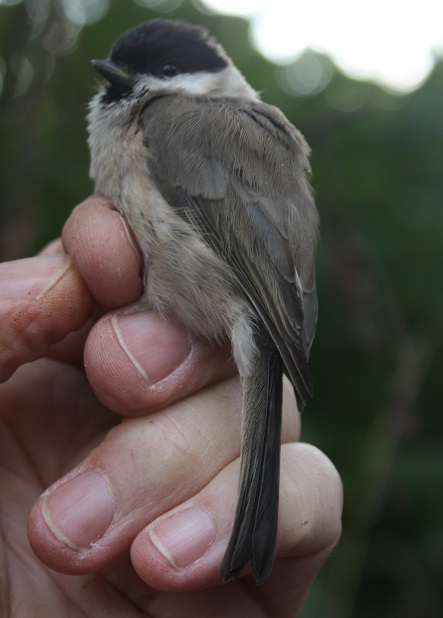
The list for the day was: Treecreeper (1); Blue Tit 5(2); Great Tit 4(1); Coal Tit 4; Marsh Tit 1; Long-tailed Tit 6(5); Robin 1(4); Redwing 2; Song Thrush 1(1); Blackbird 2; Chiffchaff 2; Goldcrest 14(1); Bullfinch 1. Totals: 43 ringed from 12 species; 15 retrapped from 7 species making 58 processed from 13 species.
One of the nicest interludes of the day was meeting a couple of young lads excluded from school and doing volunteer work with the Wildlife Trust. They were fascinated by what we were doing, hugely interested and enthusiastic, and seemed like perfectly nice people. It makes you wonder what they did to warrant exclusion (we didn't ask, that would have been too nosy). ST/JC

